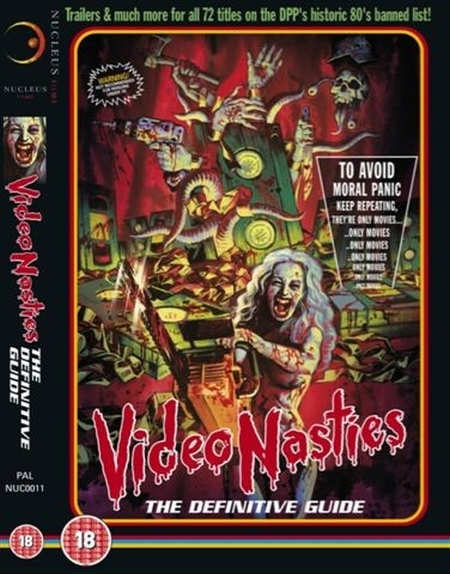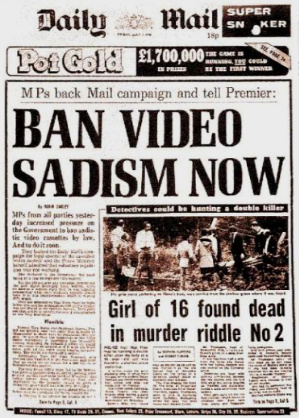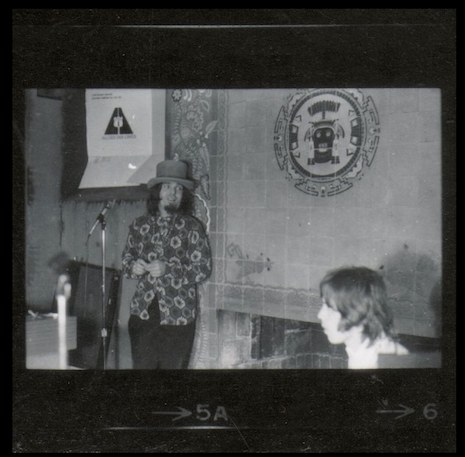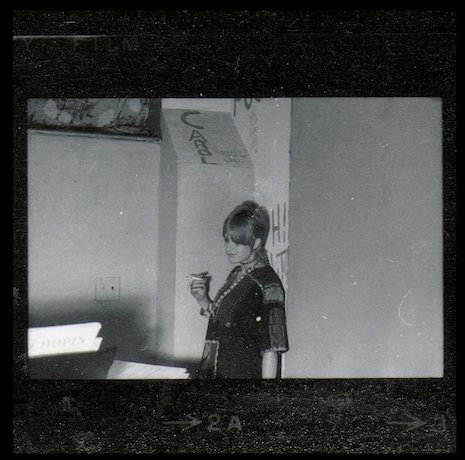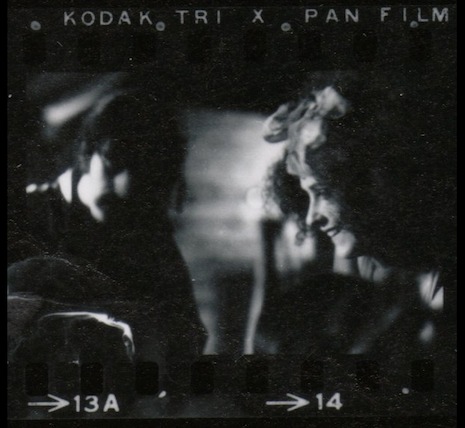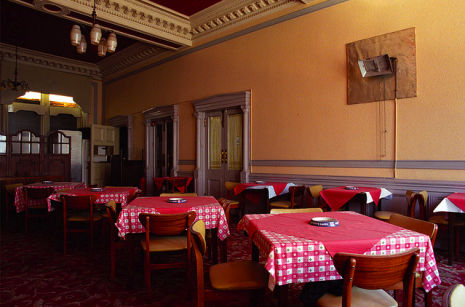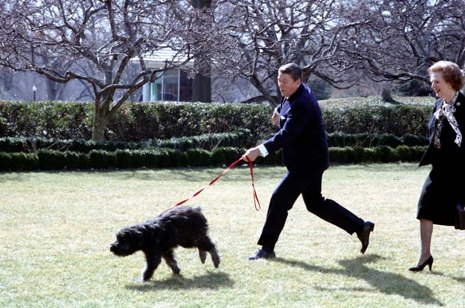
Let’s continue our delightful stroll down Memory Lane with a look at the Reagans’ dysfunctional relationship with the truth.
12/5/81 New York Times: REAGAN WIDENS INTELLIGENCE ROLE; GIVES C.I.A. DOMESTIC SPY POWER
12/20/81 New York Times: REAGAN OFFICIALS SEEK TO EASE RULES ON NURSING HOMES / PROPOSALS INCLUDE REPEAL OF REGULATIONS ON SANITATION, SAFETY AND CONTAGION
12/22/81 As Christmas approaches, President Reagan authorizes the distribution of 30 million pounds of surplus cheese to the poor. According to a government official, the cheese is well over a year old and has reached “critical inventory situation.” Translation: it’s moldy.
1/8/82 The White House announces that President Reagan – who often wonders why people think he’s anti‑civil rights – has signed off on Ed Meese’s plan to grant tax‑exempt status to South Carolina’s Bob Jones University and other schools that practice racial discrimination.
1/12/82 President Reagan explains that there must have been some kind of “misunderstanding” regarding his efforts to grant tax exemptions to segregated schools, since he is “unalterably opposed to racial discrimination in any form.”
1/15/82 President Reagan phones The Washington Post to explain that when his new policy toward segregated schools was announced, he “didn’t know at the time that there was a legal case pending.” CBS quickly obtains a memo in which intervention in the Bob Jones University case was specifically requested, and on which Reagan had written, “I think we should.”
1/15/82 Press secretary Sheila Tate says that Nancy Reagan “has derived no personal benefit” from her acceptance of thousands of dollars worth of clothing from American designers, explaining that the First Lady’s sole motive is to help the national fashion industry. So, getting fabulous clothes for free should not be considered a “personal benefit.”
1/19/82 President Reagan holds his seventh press conference, where he claims there are “a million people more working than there were in 1980” (though statistics show that 100,000 fewer people are employed); contends that his attempt to grant tax‑exempt status to segregated schools was meant to correct “a procedure that we thought had no basis in law” (though the Supreme Court had clearly upheld a ruling barring such exemptions a decade earlier); claims that he has received a letter from Pope John Paul II in which he “approves what we’ve done so far” regarding US sanctions against the USSR (though no such approval was mentioned in the papal message); responds to a question about the 17% black unemployment rate by pointing out that “in this time of great unemployment,” Sunday’s paper had “24 full pages of ... employers looking for employees” (though most of the jobs available – computer operator, for example, or cellular immunologist – require special training, for which Reagan cut funds by over 30%); and responds to a question about private charity by observing, “I also happen to be someone who believes in tithing – the giving of a tenth” (though his latest tax returns show charitable contributions amounting to a parsimonious 1.4%).
2/16/82 The public is informed by an aide to Nancy Reagan that the First Lady will no longer accept free clothing “on loan” from top designers because “she really just got tired of people misinterpreting what she was doing.” In October 1988, her spokesperson, Elaine Crispen, confirms that, despite her pledge not to do it anymore, she has continued to receive free designer clothing throughout her husband’s presidency. “She made a promise not to do this again and she broke her little promise,” says Crispen, who points out – as Reagan aides so often seem to do – that no actual laws were broken.
2/24/82 Addressing the Voice of America’s 40th birthday celebration, President Reagan reminisces about making up exciting details while announcing baseball games from wire copy. “Now, I submit to you that I told the truth,” he says of his enhanced version of a routine shortstop‑to‑first ground out. “I don’t know whether he really ran over toward second base and made a one‑hand stab or whether he just squatted down and took the ball when it came to him. But the truth got there and, in other words, it can be attractively packaged.” No one questions his premise that embellishing the truth does not compromise it.
All entries are excerpted from the “Reagan Centennial Edition” of my 1989 book The Clothes Have No Emperor, available here as an eBook. Much more to come.






